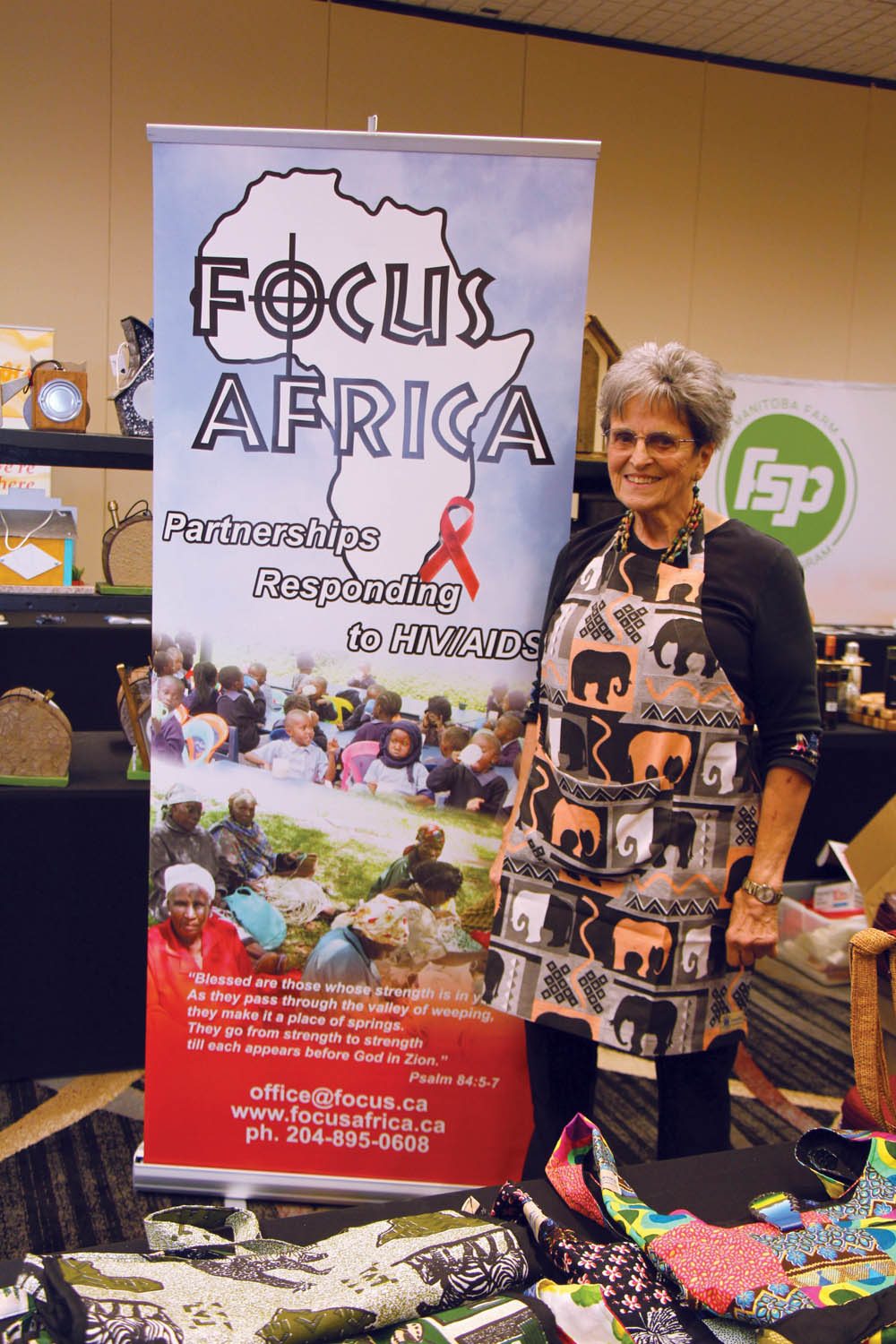With every passing year more Canadians live in urban areas but that doesn’t automatically mean rural populations are declining.
Rural Canada’s population is growing too — just not as fast as urban Canada.
And when a rural region becomes more populated, it’s sometimes not classified by Statistics Canada as rural anymore.
The recent 2016 census numbers show the overall rural population growing, and this isn’t a reversal of past trends, says a research affiliate with the Brandon University’s Rural Development Institute.
Read Also

What is perfect Christmas weather?
What is ‘perfect’ Christmas weather on the Prairies? Here’s where you should head this holiday, according to historical weather data.
“Rural areas are growing. This is consistent with the past three or four censuses,” said Ray Bollman.
Those seeing their young people leaving and their community’s population thinning will shake their heads at the assertion, of course. But where rural growth is occurring is near cities, in cottage country, other popular retirement areas, and in northern areas with higher Aboriginal birth rates. The growth around cities is actually higher than in central cores in many places.
Notably, as parts of rural Canada grow, these areas also get reclassified as urban, resulting in “the rural share” of the population dropping.
“The share of non-metro and the share of rural is slowly declining,” said Bollman. “The share is declining because they’re growing more slowly.”
Rural Canada is classified as both an area with a lower population density, and with longer distances to higher population areas. But as regions grow, they lose the distinction of being a rural population.
The area around Winkler is a case in point, said Bollman. Populations around Winkler are now counted as part of a “census metropolitan area” (CMA) because Winkler’s core population is now over 10,000.
“It (the area around the city) was part of rural and small-town data before 2011,” said Bollman. Now, with strong population growth in Winkler and surrounding area, and extensive commuting between it and Morden, and from the RM of Stanley, this region is now a CMA, and no longer classified rural.
“All of a sudden 26,838 people got reclassified,” said Bollman. “So Manitoba’s rural and small-town population went down by 26,838.”
Bollman said it may seem like a fine distinction to draw, but nonetheless an important one when looking at overall population trends related to rural Canada.
“I think some analysts look at the declining share of the population in rural Canada and say, ‘Folks, that’s a basket case,’” he said. “My argument is that it is not a basket case. Because the rural population is growing.”
The last census showed rural Canada represents 29 per cent of the population, down from 31 per cent in the previous census.
More 2016 census data will be released in early May showing trends related to aging in Canada. In 2012 the first wave of baby boomers hit 65 and that share of the population will be growing with time. Canada’s population is now approaching a scenario with more deaths than births. Some rural areas are already there.
A report done for the Federation of Canadian Municipalities asserts that to grow, these communities must attract immigrants or migrants from elsewhere in Canada, but also notes that population growth may not be the objective of every community. Growing the well-being of the community and retaining younger residents might be preferred.
















